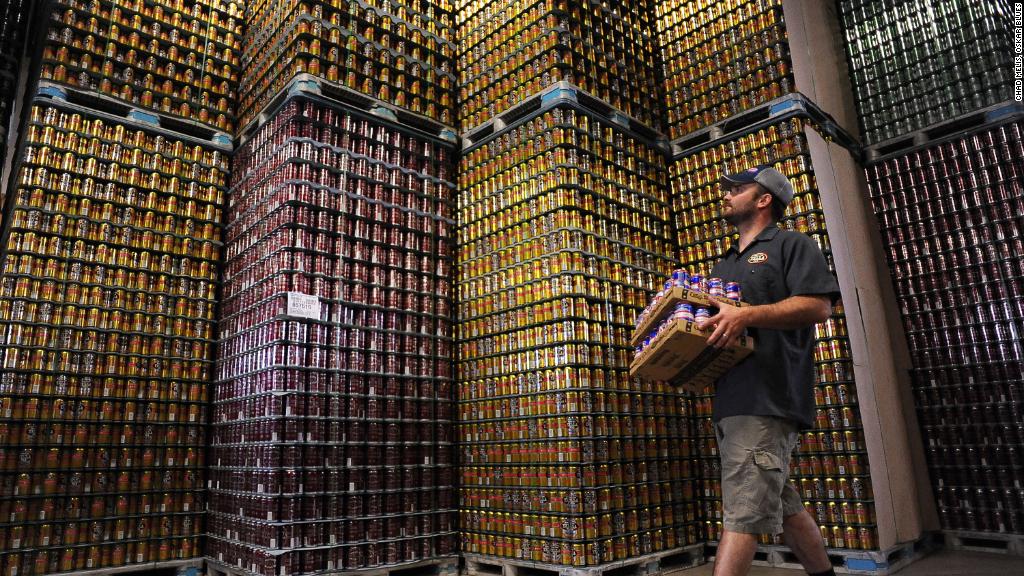
Job seekers flooded into the labor market in February, as a large number of job openings brought back people who had previously given up looking.
The size of the labor market, which includes both people with jobs and those looking for work, swelled by 806,000 in the jobs report Friday. That's the biggest one-month gain since 2003, and the 10th largest ever on record.
The surge meant that the labor participation rate spiked 0.3 percentage points to 63%, the biggest one-month jump in that closely watched measure since 2010, when the economy was emerging from the Great Recession.
The surge of people looking for work is one reason that the unemployment rate didn't fall despite an unexpectedly strong gain of 313,000 jobs in the month. People who are not actively looking for work are not counted as unemployed and thus are not counted in the nation's labor force.
Related: As economy heats up, job sites compete to find candidates
This is the second straight month that the size of the labor force posted a big jump. In January in increased by 518,000 for a total of 1.3 million increase over two months. The bureau says part of that jump is due to a change in the way the government estimates the size of the population. Part of it is also probably due to a wave of workers relocating from Puerto Rico to the mainland United States after Hurricane Maria.
"It's certainly encouraging," said Gus Faucher, chief economist for PNC Financial. "I don't want to make too much out of a couple of months of growth, but you've got a lot of people who are encouraged by the strong job market."
Another sign that sidelined job hunters are coming back is a drop in the number people counted as "discouraged workers" by the labor department.
Another indication that people feel better about the labor market is the jump in the number of people quitting jobs, which is measured by a separate labor market report. An increase in the "quit rate" means people either are finding new jobs or are confident that they will.
Workers haven't felt this good about the labor market since the white-hot job market of late 1999 and early 2000, according to a recent Conference Board's survey. Nearly 40% of those surveyed in February said jobs are plentiful, compared to only 15% who said jobs are tough to find.
Related: More people with disabilities are getting jobs. Here's why
Gad Levanon, the Conference Board's chief economist, said the higher participation rate is even higher -- 82% -- when you narrow it down to people in their prime working years, ages 25 to 54, which limits the impact of all the baby boomers those who are retiring. That's that best reading since 2010.
"That has really skyrocketed in the last year," he said.
Economists have been worried whether the US labor market could to grow as it approaches full employment, since it's getting harder for employers to find the workers they want in order to add jobs. But the surge in returning workers could help that shortage.
"Certainly, it creates upside potential for job growth and economic growth potential in 2018 and 2019," said Faucher.


